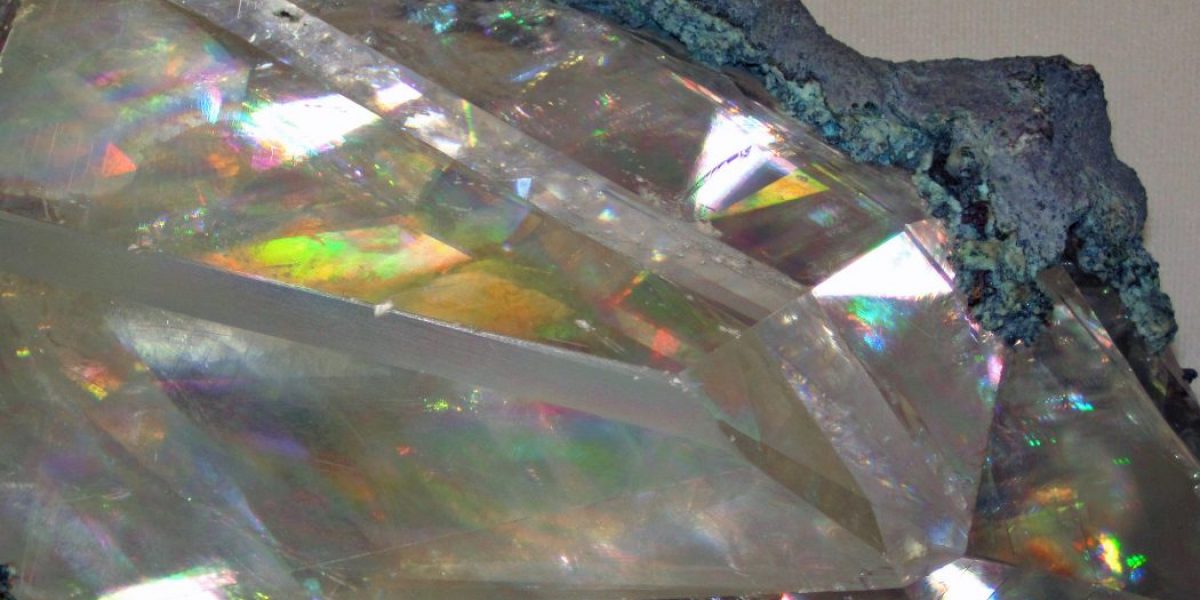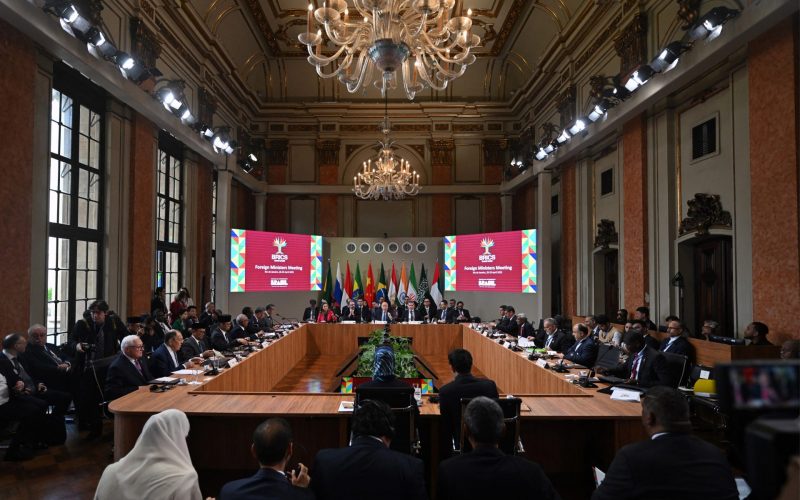REEs are a hitherto obscure group of metals that have now assumed global significance. They are especially critical to modern high-strength magnets and constitute vital inputs for a growing range of mass consumer, ‘green’ technology and military applications. It is important to understand that REEs altogether comprise 17 different metals which, although found together in various combinations, differ in relative abundance and breadth of possible applications. There are therefore large variations in prices and criticality of supply between the different elements.
The Chinese rare earths industry has secured a 97% share of upstream production by means of aggressive pricing, backed by state support and technology transfer. Beijing is now attempting to consolidate the industry, crack down on illegal mining and restrict and enforce export and production quotas. Official explanations stress renewed concern for environmental issues and the protection of scarce resources from over-exploitation. Also significant, however, is a policy of deliberately using export restrictions to leverage non-Chinese prices, in order to induce foreign downstream producers to relocate production to China. This process is beginning; although there are also two other forms of international response. First, there is demand destruction either through increased efficiency in REE usage, substitution or recycling of rare earths. Secondly – and most widely known – are attempts to restart REE supply chains outside China.
South Africa is in the forefront of these efforts through two, globally significant, extractive projects. The refurbished Steenkampskraal thorium and REE mine may be the first non-Chinese new producer to come online, in 2012–2013. The Zandkopsdrift development in Northern Cape is less advanced, but is among the largest prospective new REE mines. Both are joint ventures between Western junior mining companies and East Asian parastatals, respectively from China and Korea. Significant environmental risks seem inherent in the extraction and separation of REEs, especially from thorium waste, although apparently this has not reached the public consciousness in the areas immediately around the South African mines. If these dangers can be avoided or minimised, the new rare earths mines could make a small but significant positive developmental impact at local as well as national level.








